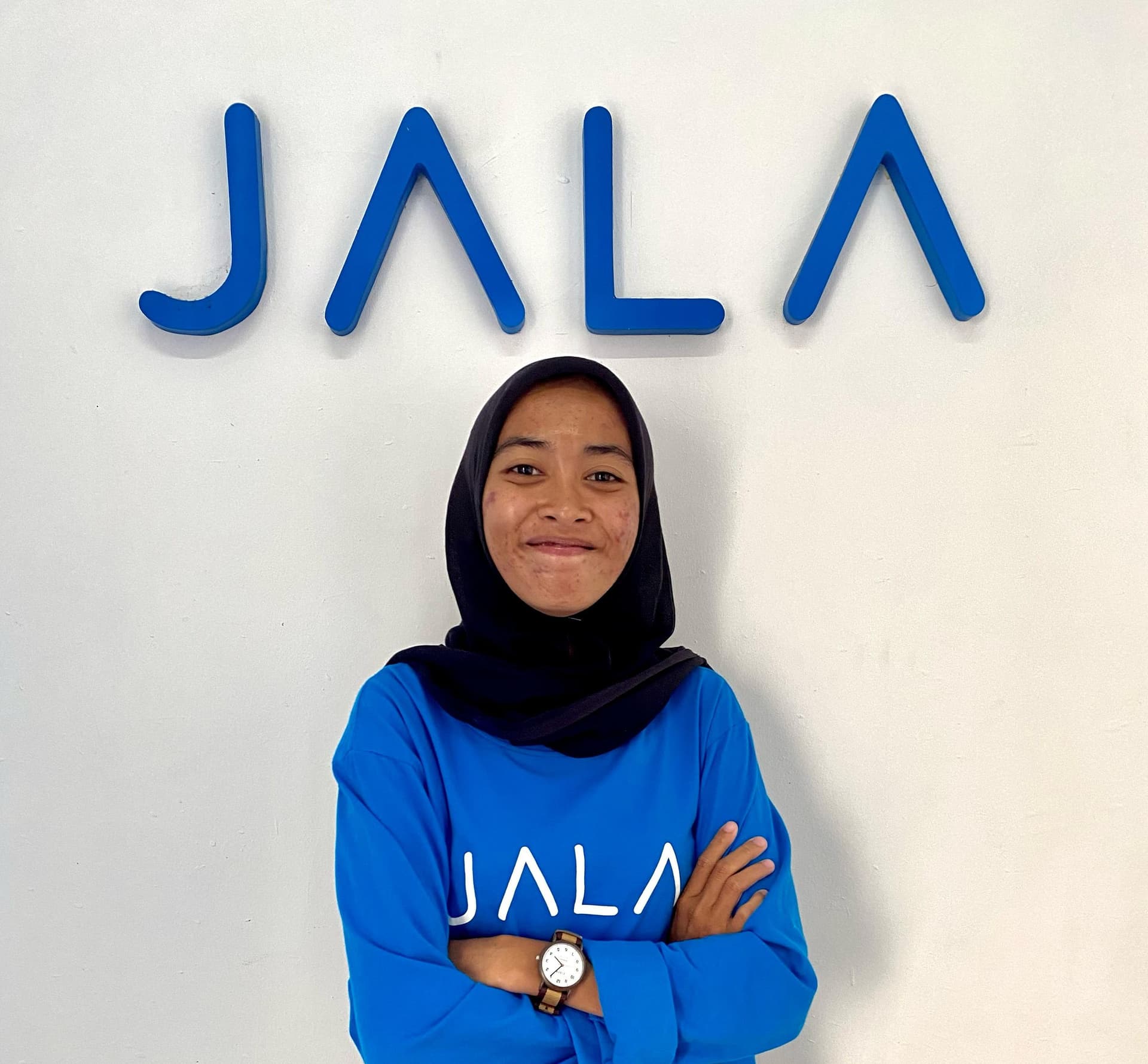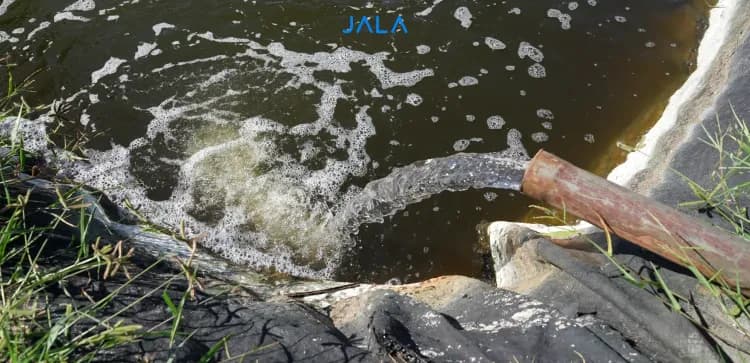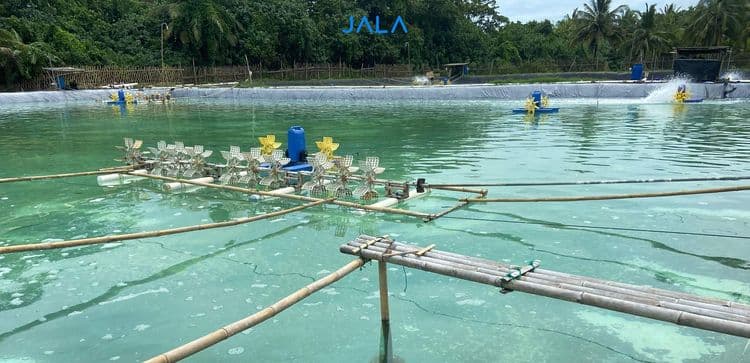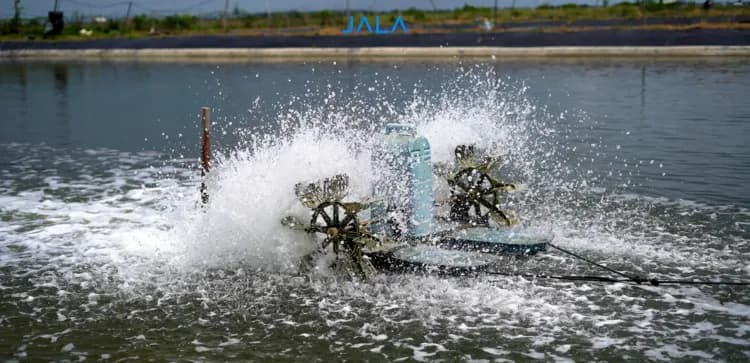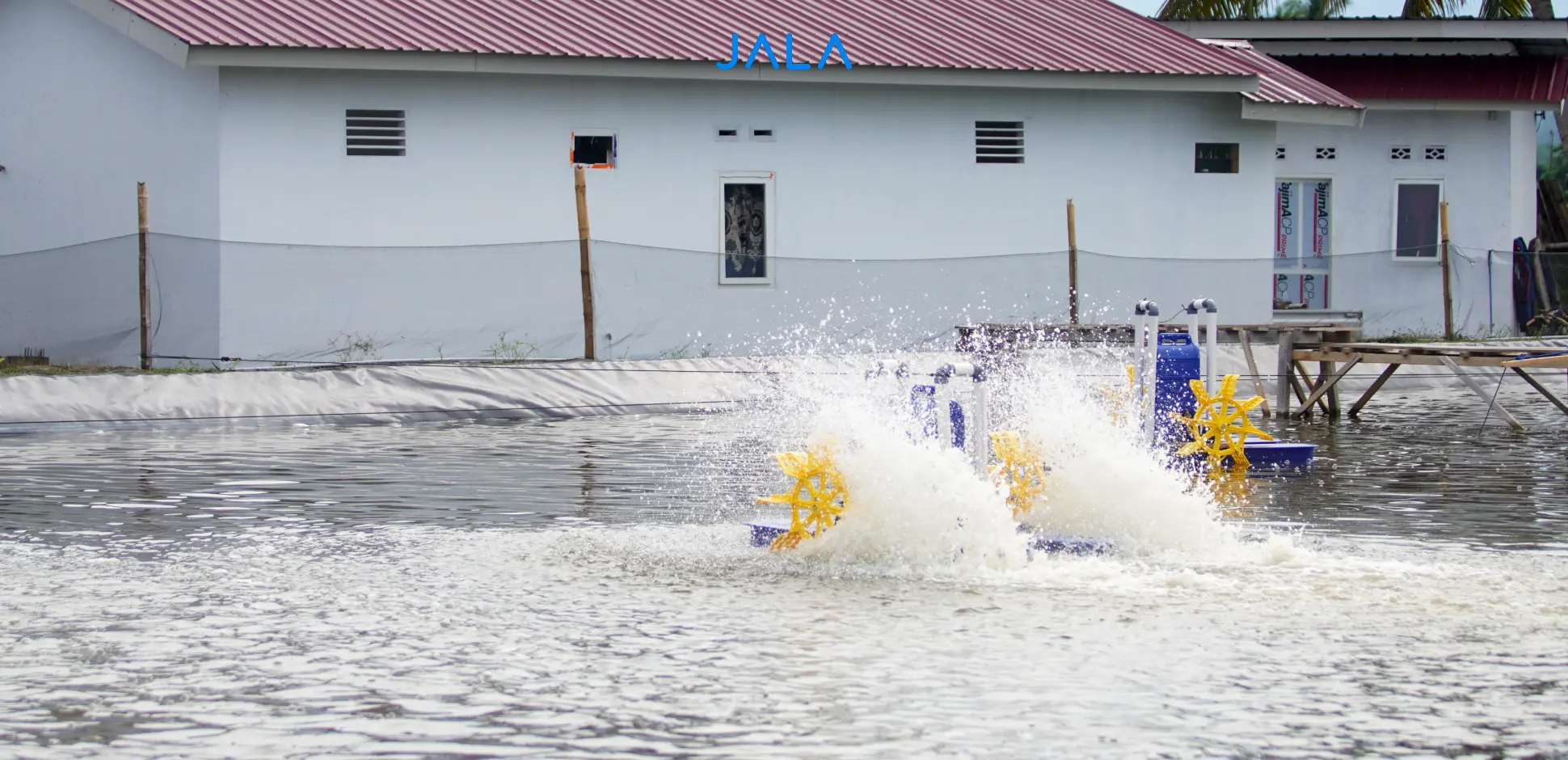
The nursery pond or two step system is a shrimp farming system that uses a transition pond between the hatchery and the grow-out pond. The technical and management aspects of this farming method require more attention to assure its success and effectiveness.
What are the tips for implementing a nursery pond system in shrimp farming to increase its chance of success? Read further in the discussion below.
Contents
Related ArticlesLogin to Read the Full Article
Use your Jala account to read this article. If you don't have an account, please register on Jala App.
